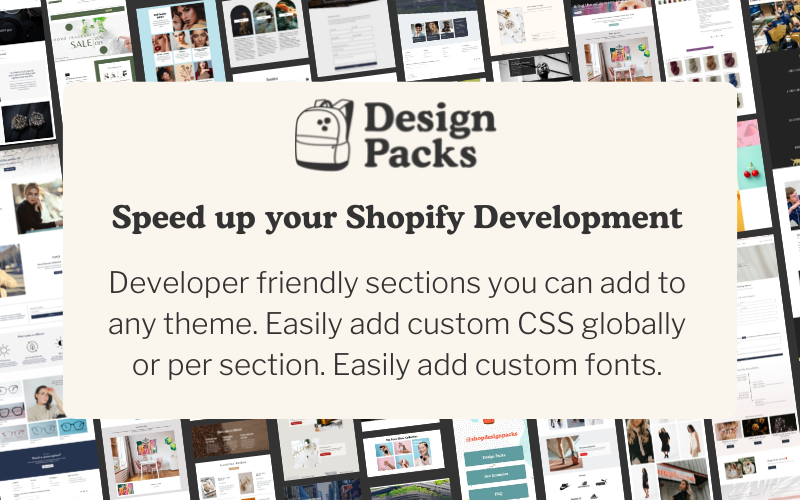this post assumes that you have set up an authenticated embedded app and a Shopify store. If not, check out setting up a shopify embedded app with rails and / or Tetchi's post on setting up a shopify theme.
Let's Make some Routes
We will start by creating restful routes for our home views. To do so we will make use of Rails Resource Routing. This allows us to quickly set up all of the restful routes (GET, POST, PATCH, PUT, and DELETE) for a resource controller.
In your app root directory under config > routes.rb add the following
#routes.rb
resources :homeIn your terminal cd into the root directory of your app and run
$ rake routesthis will give you a list of all of your routes that looks something like this:
Prefix Verb URI Pattern Controller#Action
login GET /login(.:format) sessions#new
authenticate POST /login(.:format) sessions#create
auth_shopify_callback GET /auth/shopify/callback(.:format) sessions#callback
logout GET /logout(.:format) sessions#destroy
home_index GET /home(.:format) home#index
POST /home(.:format) home#create
new_home GET /home/new(.:format) home#new
edit_home GET /home/:id/edit(.:format) home#edit
home GET /home/:id(.:format) home#show
PATCH /home/:id(.:format) home#update
PUT /home/:id(.:format) home#update
DELETE /home/:id(.:format) home#destroy
root GET / home#indexNotice all of the restful routes for the home resource controller. Now that we have made these routes let's link to them and display different views.
Creating Action Methods In the Home Controller
In order to process our route requests we need corresponding methods set up in the controller. Let's start by making a show and an edit method.
In app > controllers > home_controller.rb add:
#home_controller.rb
def show
end
def edit
endhere we define two methods for the show and edit actions. By default they will render views with the corresponding names, so let's make those views!
Making Views
In app > views > home we are going to create two new files show.html.erb and edit.html.erb. The name of each file should match the name of the method in the controller.
-- app
--- views
---- home
----- edit.html.erb
----- index.html.erb
----- show.html.erbInside those files let's just add some h1 tags with the name of the respective files. Test and see if your changes have taken effect at http://localhost:3000/home/show or http://localhost:3000/home/edit
Linking to Our new Views
Let's link to both the show and edit view for each product from the index page
Under app > views > home > index.html we should already have a list of all of our products that looks something like this:
<% @products.each do |product| %>
<%= product.id %>
<% end %>
Inside of the product loop we'll add a link to the show and edit page for each product. So it will look a little something like this:
<% @products.each do |product| %>
<%= product.id %>
<%= link_to 'show', home_path(product)%> ||
<%= link_to 'edit', edit_home_path(product)%>
<% end %>
Displaying Product Information in Your New Views
Right now our show and edit views only have a title tag. Let's add some product information to the show view. To start we will define the product in our home_controller. In app > controllers > home_controller.rb edit the show method to look like this:
def show
@product = ShopifyAPI::Product.find(params[:id])
endShopifyAPI is an Active resource object meaning you can make use of all the regularly available methods in this case find
Once you have set up the method you need to write the html to display the product information in the view. Head over to app > views > home > show.html.erb. Add the following to the show file:
Show
<%= @product.title %>
vendor: <%= @product.vendor%>
Now on the show page for each product you will see it's title and vendor :)
